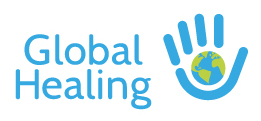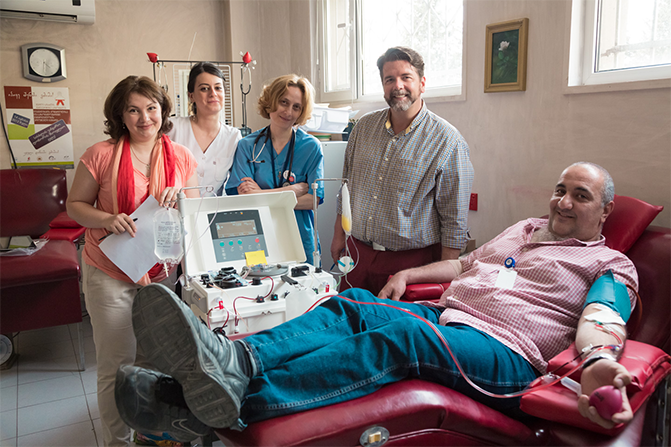Written by Jim MacPherson, Chairperson of the Global Healing Board of Directors and President & CEO of the healthcare consulting firm MacPherson Strategies.
As we celebrate World Blood Donor Day and recognize the generosity of blood donors who give selflessly in order to save lives, we also want to recognize the systems that make it possible to connect donated blood to patients in need. This year’s theme, “Give Blood. Give Now. Give Often,” encourages donors to give back. We want to take this opportunity to ask: how can we give donors in developing countries more opportunities to do so?
This is a critical question. Each year, as many as a million children with anemia and blood clotting disorders, plus nearly a hundred thousand mothers in childbirth¹, may die from a lack of blood and plasma products. How can we make sure they get the blood they need?
In March of 2017 in the Washington, DC-area, more than 80 blood transfusion experts from the across the globe, along with suppliers and government representatives, policymakers, academics, professional societies and nonprofit organizations gathered to discuss the current and future needs for safe blood in low and middle income countries around the world. The attendees agreed that much progress had been made over the last 15 years in introducing sustainable programs and technologies to produce safe blood products for such countries. It was also agreed that meeting the remaining current shortfall of over 100 million lifesaving blood products is many years away, and will never be reached without significant new investments. In addition, a recent analysis by group of global surgical experts noted than another 100 million blood products would be needed in the coming years to perform surgical procedures in developing countries each year that would save lives and prevent disability.
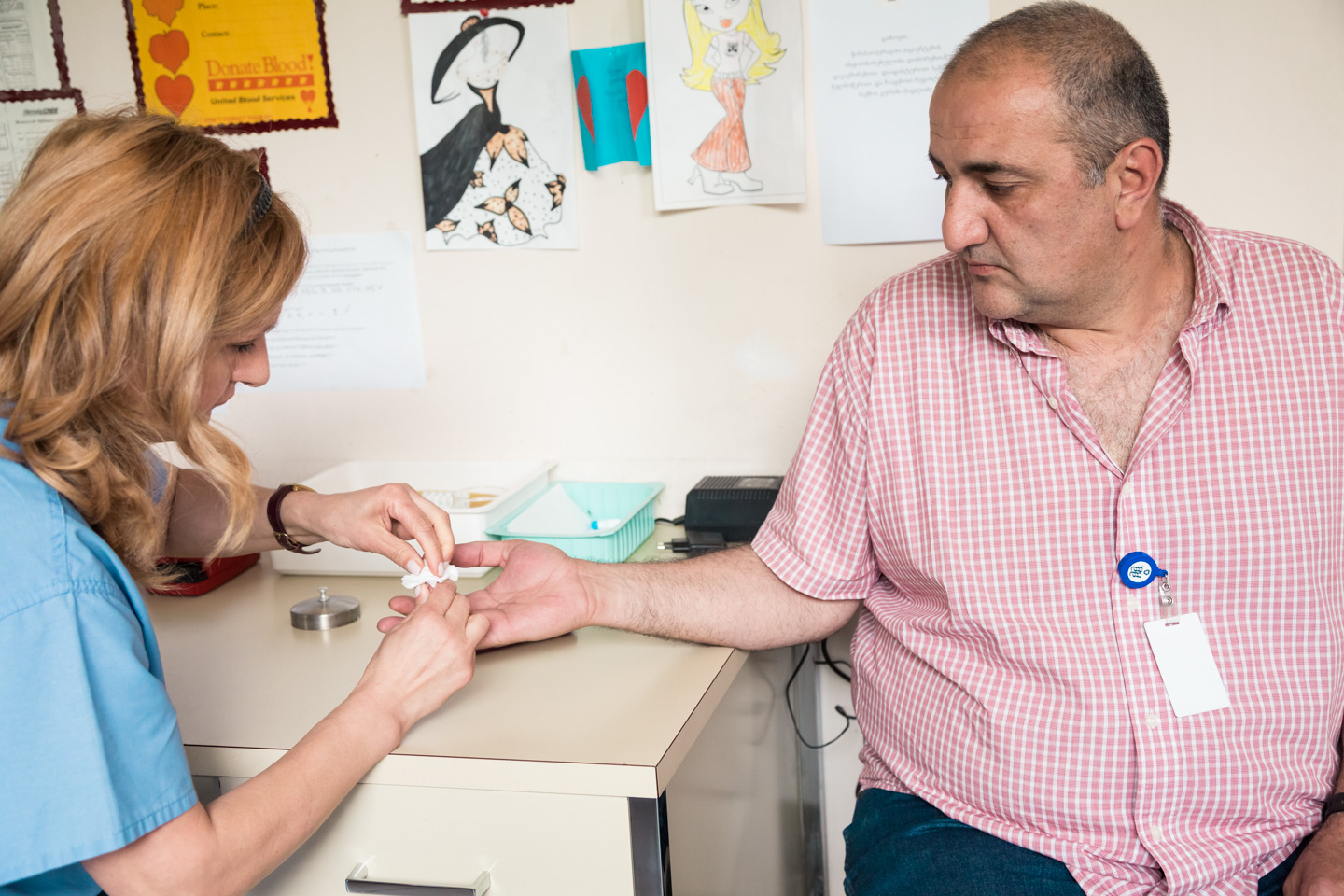
Above: A blood bank technician participates in a Global Healing training in Tbilisi, Georgia.
Giving the gift of life can seem simple: the outstretched arm of a generous donor and an inexpensive plastic bag to collect it. But training tens of thousands of local folks to recruit donors, collect blood, and test, process and manage it takes time and resources. To assure its safety, you need a steady supply of low-tech tests to assure that patients get the right blood from the right donor, and that it is infection-free. That also means training in quality management systems, and information systems to track donations reliably from donor to recipient.
Generous support from the US Government helped with much of these expenses until 2015, but now the costs are being passed back to the very countries that can ill afford them. To assure the sustainability of the gains of the last 15 years, and reach the attainable goal of an adequate supply of affordable and safe blood for all, requires that every hospital have a functioning blood bank. This would mean that patients with severe anemia, clotting disorders, as well as surgical patients and mothers with difficult labor would no longer be at risk for death from lack of blood.
To reach that goal requires a combined effort of governments, which today provide less than one-quarter of all development aid, and, more importantly, private sources to supply funds that would support training, as well as needed equipment and supplies. Funding models for the future include public-private partnerships,social venture capital, and commercial investment along with traditional sources of private funds.
Below: Blood Bank technicians in Mirebalais, Haiti, participate in training to provide their hospital with a reliable supply of safe blood.
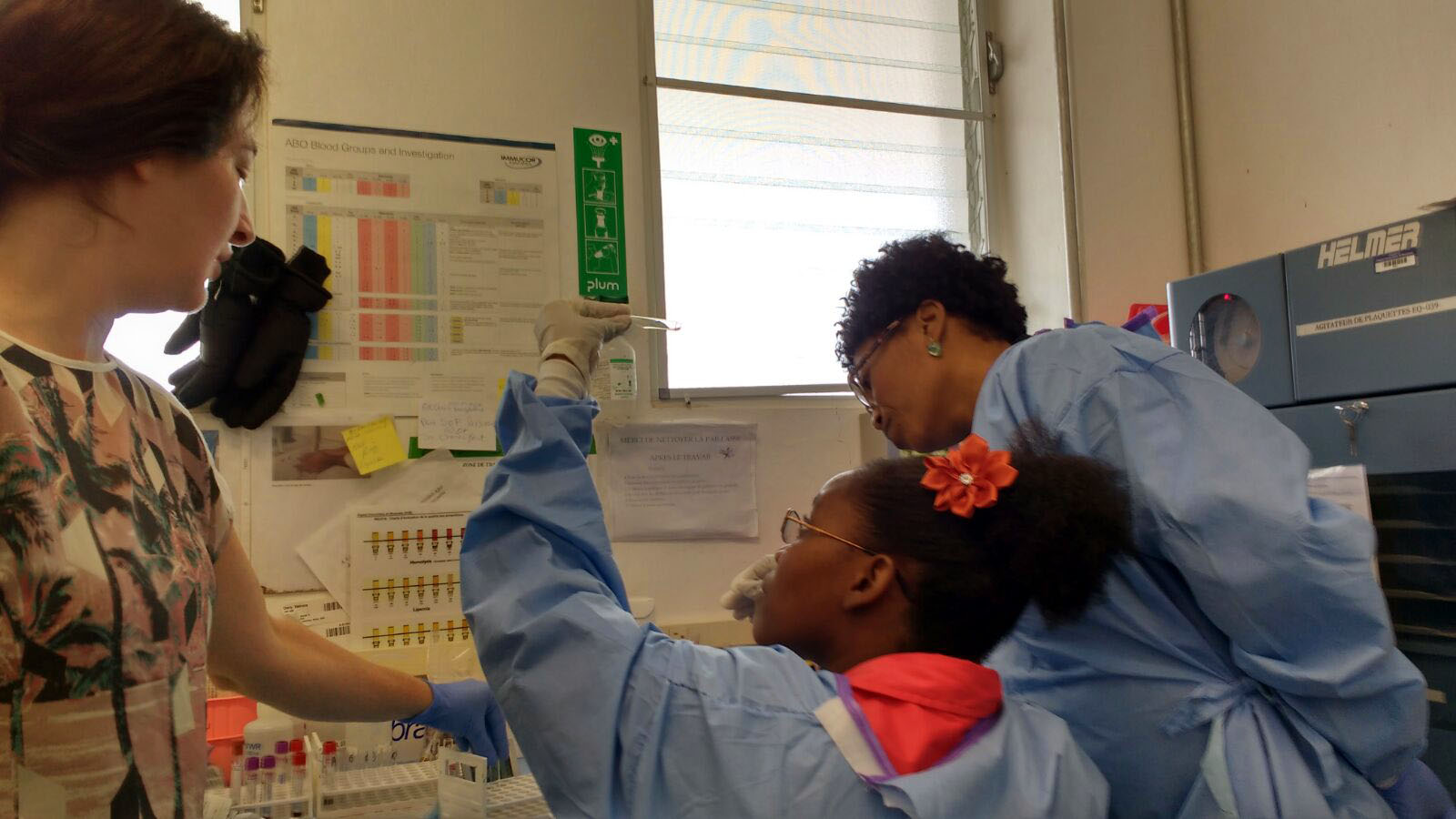
Together, we can enable donors around the world to give blood. It’s about saving lives with simple tried and true measures.
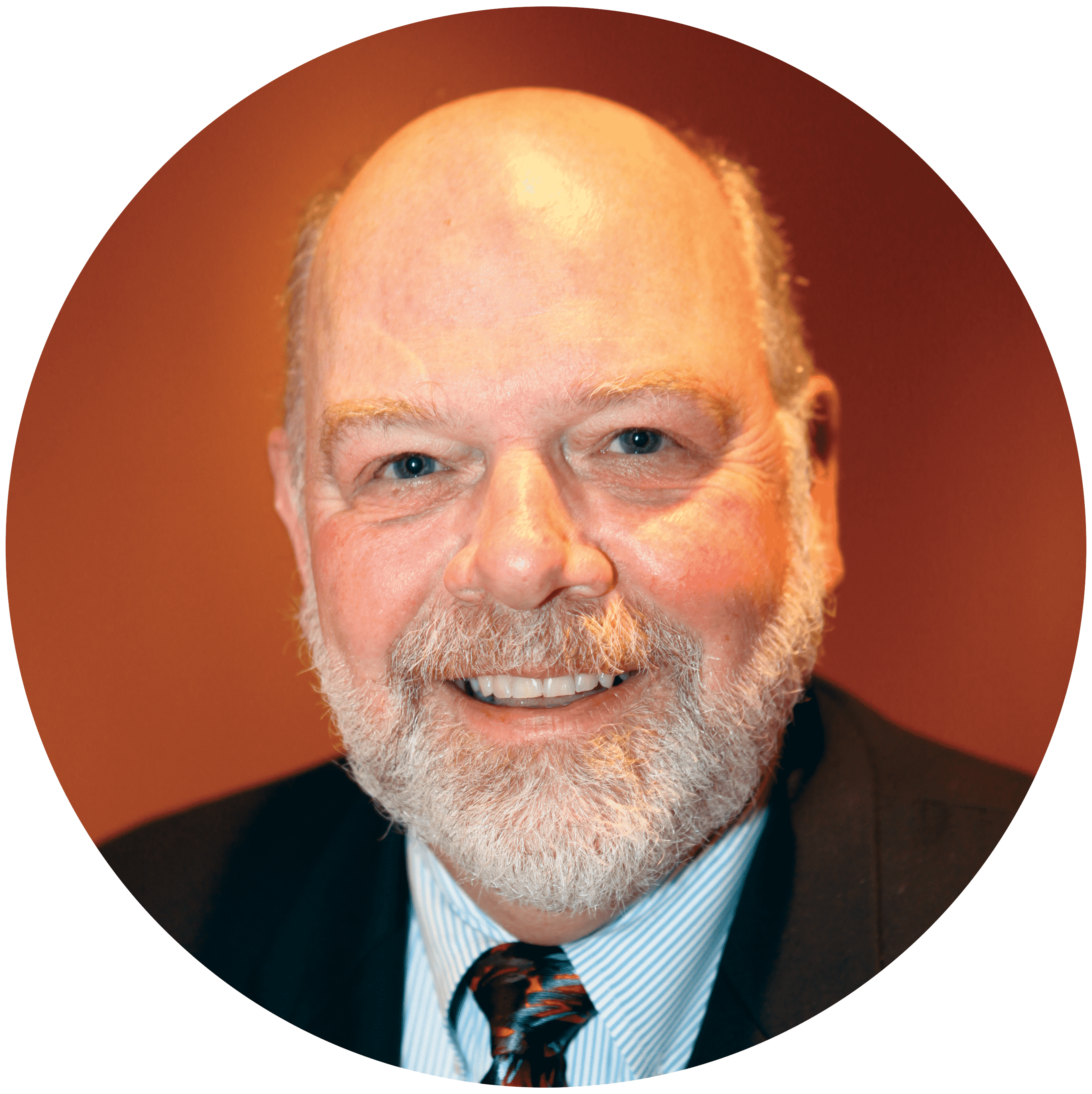 Jim brings a deep understanding of both the clinical and business sides of healthcare, having served as the CEO of America’s Blood Centers for over 25 years, and working with Global Healing as a volunteer since 2011. He is currently the Chairperson of the Global Healing Board of Directors and the President and CEO of the healthcare consulting firm MacPherson strategies. He has been a Global Healing Board Member since 2012.
Jim brings a deep understanding of both the clinical and business sides of healthcare, having served as the CEO of America’s Blood Centers for over 25 years, and working with Global Healing as a volunteer since 2011. He is currently the Chairperson of the Global Healing Board of Directors and the President and CEO of the healthcare consulting firm MacPherson strategies. He has been a Global Healing Board Member since 2012.
